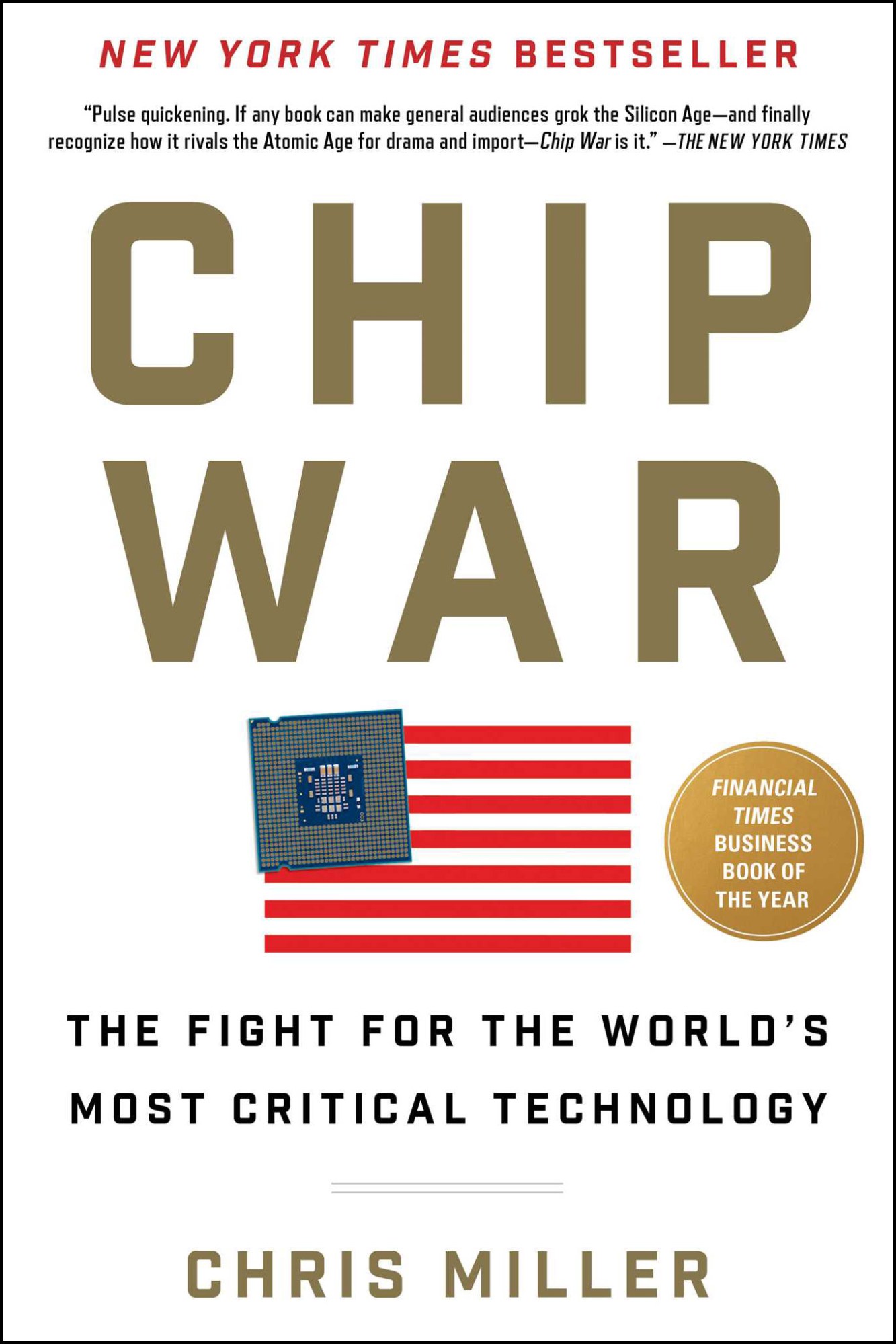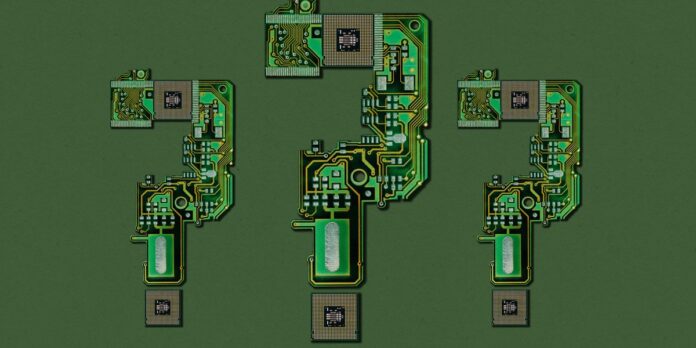Here are four trends to look for in the year ahead that will define what the chips of the future will look like, who will make them, and which new technologies they’ll unlock.
CHIPS Acts around the world
On the outskirts of Phoenix, two of the world’s largest chip manufacturers, TSMC and Intel, are racing to construct campuses in the desert that they hope will become the seats of American chipmaking prowess. One thing the efforts have in common is their funding: in March, President Joe Biden announced $8.5 billion in direct federal funds and $11 billion in loans for Intel’s expansions around the country. Weeks later, another $6.6 billion was announced for TSMC.
The awards are just a portion of the US subsidies pouring into the chips industry via the $280 billion CHIPS and Science Act signed in 2022. The money means that any company with a foot in the semiconductor ecosystem is analyzing how to restructure its supply chains to benefit from the cash. While much of the money aims to boost American chip manufacturing, there’s room for other players to apply, from equipment makers to niche materials startups.
But the US is not the only country trying to onshore some of the chipmaking supply chain. Japan is spending $13 billion on its own equivalent to the CHIPS Act, Europe will be spending more than $47 billion, and earlier this year India announced a $15 billion effort to build local chip plants. The roots of this trend go all the way back to 2014, says Chris Miller, a professor at Tufts University and author of Chip War: The Fight for the World’s Most Critical Technology. That’s when China started offering massive subsidies to its chipmakers.

SIMON & SCHUSTER
“This created a dynamic in which other governments concluded they had no choice but to offer incentives or see firms shift manufacturing to China,” he says. That threat, coupled with the surge in AI, has led Western governments to fund alternatives. In the next year, this might have a snowball effect, with even more countries starting their own programs for fear of being left behind.
The money is unlikely to lead to brand-new chip competitors or fundamentally restructure who the biggest chip players are, Miller says. Instead, it will mostly incentivize dominant players like TSMC to establish roots in multiple countries. But funding alone won’t be enough to do that quickly—TSMC’s effort to build plants in Arizona has been mired in missed deadlines and labor disputes, and Intel has similarly failed to meet its promised deadlines. And it’s unclear whether, whenever the plants do come online, their equipment and labor force will be capable of the same level of advanced chipmaking that the companies maintain abroad.
“The supply chain will only shift slowly, over years and decades,” Miller says. “But it is shifting.”
More AI on the edge
Currently, most of our interactions with AI models like ChatGPT are done via the cloud. That means that when you ask GPT to pick out an outfit (or to be your boyfriend), your request pings OpenAI’s servers, prompting the model housed there to process it and draw conclusions (known as “inference”) before a response is sent back to you. Relying on the cloud has some drawbacks: it requires internet access, for one, and it also means some of your data is shared with the model maker.
Source link






